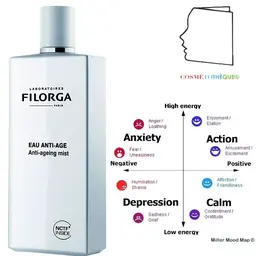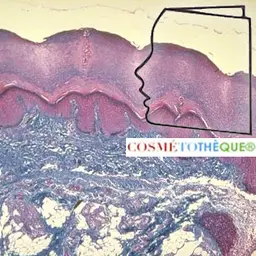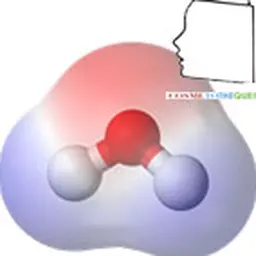![Par Aram Dulyan (User:Aramgutang) (Travail personnel) [Public domain], via Wikimedia Commons](https://d2aabgjce9enf.cloudfront.net/main/media/content/0/f/0f724bd7b78eade8438310a8acba771d5d91e2af--md-noborder.webp)
The CSAS re-evaluated the issue of boron compounds in December 2013. Indeed, some are classified as CMR category 1B according to part 3 of Annex VI of Regulation CLP 1272/2008. In addition, it is noted that some borates, such as tetraborate and octaborate, dissociate on contact with water to form boric acid, a CMR cat 1B compound. The SCCS therefore concluded that the restrictions that apply to boric acid should apply to the compounds borate, tetraborate, octaborate, MEA-borate, MIPA-borate, potassium borate, trioctyldodecyl borate and zinc borate. It therefore seemed obvious to us to make a point when these ingredients will practically disappear.
This thematic dossier will review the traditional derivatives of Boron, but also recent and widely used derivatives in current formulation.
IN SUMMARY
The Boron Boron is a chemical element of symbol B and atomic number 5. It is a trivalent metalloid. It is rather rare in the Earth's crust and solar system, but more abundant on the Earth's surface, especially as borax, due to the high solubility of borates. It constitutes about 0.001% of the earth's crust, or 10 ppm on average (or 5 mg/kg in basalts). View this article
Boric acid
Boric acid (boric acid or orthoboric acid) is a weak acid often used as an antiseptic, insecticide, neutron absorber in nuclear power plants to control the fission rate of uranium, and as a precursor to other chemical compounds. It takes its name from one of its components, boron, its raw formula is as follows: H3BO3 or B(OH)3. When it is in the form of ore, it is referred to as sassolite. It exists as colourless crystals or as a white powder dissolving in water.
View this article
Borax
Known since ancient times - the word comes from the Arabic bawraq or the Persian boûraq (white - brilliant), borax is an odourless and colourless salt that comes in the form of flakes or powder. It can be irritating. Borax is a mineral species of the formula (Na2B4O7-10H2O). It is a boron ore also called sodium tetraborate decahydrate or sodium borate.
View this article
Boron nitride
In addition to the traditional uses of boron-derived compounds, new substances have gained renewed interest in recent years in the formulation of many cosmetic products. These are mainly so-called"modern ceramics", or at least some of the compounds used to make these specialities, and more specifically boron nitride, or more specifically boron nitrides.
View this article
And more to come!!!



![Par Xvazquez (Travail personnel) [CC-BY-SA-3.0 (http://creativecommons.org/licenses/by-sa/3.0) ou GFDL (http://www.gnu.org/copyleft/fdl.html)], via Wikimedia Commons](https://d2aabgjce9enf.cloudfront.net/main/media/content/5/5/55b47c064570b73285696cf00e7203d6ab77a89b--sm-noborder.webp)











